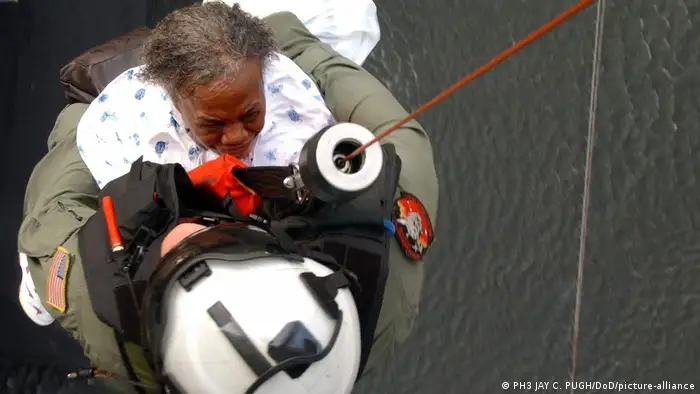Building media resilience
Have an emergency plan ready
Resilience in the face of natural disasters – experiences from Times-Picayune/Advocate, New Orleans
About The Times-Picayune
The Times-Picayune began publishing in New Orleans, Louisiana, in the United States in 1837. In 2006, the newspaper won the Pulitzer Prize for Public Service for its coverage of Hurricane Katrina, which devastated New Orleans and much of the surrounding region in 2005, killing more than 1,800 people. Volunteers on staff reported from a "hurricane bunker" in the newspapers' offices until forced to evacuate two days after the hurricane when the city's levees failed, and the security situation deteriorated. Experts credit the Times-Picayune’s journalists with saving lives during the disaster.
Resilience Strategy
Since 2005, New Orleans and southern Louisiana have experienced numerous disasters, including four major hurricanes in 2020 and 2021 alone. In the years following Katrina, New Orleans' population and advertising revenue shrank, and the newspaper tried multiple viability strategies. Those included building up its digital edition, cutting the number of times per week it distributed a print edition, experimenting with a tabloid product, and cutting production costs through staff reductions and moving to new offices. Eventually the paper was sold twice, most recently in 2019, when it combined with the Advocate, Baton Rouge's daily. Today the New Orleans edition of the paper is the New Orleans Advocate. The new owner is expanding the combined operations with support from a non-profit foundation.
Top 5 recommendations for resilience in the face of natural disasters
- Assess the forces your building can withstand – if it won’t be safe in some types of likely disasters, identify a safe place where news operations can be moved and have access to that alternative location set up in advance.
- Require your staff to have a plan that they update annually for what they will do to protect their families and their homes, if a natural disaster threatens.
- Know which mobile provider has the best disasterhardened facilities and require staff to move their mobile accounts to that provider.
- Train staff to be physically prepared for likely natural disasters. They should: Know their vehicle and what it can take. Keep emergency supplies in their cars, including water/ dust/smoke-proof bags to protect equipment. Train for local hazards that are likely to follow disasters such as insect, wildlife and pollution hazards.
- Make sure every staff member has paper road maps of the area, and detailed contact lists on laminated paper for key news organization staff and key community leaders and resources.
"We are owned by a billionaire who is turning his head on profits for the time being… Unfortunately, there aren’t enough billionaires to go around."
Mark Schleifstein, environment reporter, The Times-Picayune/The New Orleans Advocate
DW recommends
- Date 29.03.2022
- Author Ann Hollifield
- Feedback: Send us your feedback.
- Print Print this page
- Permalink https://p.dw.com/p/48HDn
- Date 29.03.2022
- Author Ann Hollifield
- Send us your feedback.
- Print Print this page
- Permalink https://p.dw.com/p/48HDn

